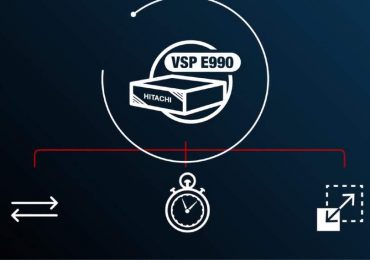According to a recent survey commissioned by HP and AMD, security concerns are still the top barrier to the adoption of Gov 2.0 tools, with 40 percent of government IT professionals listing security as a concern.
Gov 2.0, which involves the use of technology to make government an open platform that allows for greater innovation, also is being hampered by lack of budget (20 percent) and lack of technical expertise and ability (14 percent).
The survey, conducted by Wakefield Research,(1) showed that government IT professionals think Gov 2.0 initiatives are beneficial to the public, but 79 percent believe that the public does not understand how to use Gov 2.0 tools to their advantage.
The top Gov 2.0 tools being used have shifted since HP conducted the same survey of government IT professionals in September 2010. Today, video and multimedia sharing (53 percent) and government-specific social media networks (50 percent) are the most commonly used tools, replacing general social networks and blogs.
Government industry experts will be participating in a panel discussion hosted by GovLoop on the findings of the survey and the implications for government agencies this Thursday, April 26, at 2 p.m. ET. Registration to join the discussion is available at http://bit.ly/H4Timf.
“The results of this survey illustrate that the Gov 2.0 movement has created new opportunities to use technology tools for the benefit of our government agencies and citizens,” said Christina Morrison, public sector marketing manager, Printing and Personal Systems Group, HP. “HP is working closely with government agencies at all levels to deliver computing products that best position them to improve internal efficiencies and deliver valuable services to the public.”
Other key survey findings include:
- Although more agencies have implemented an ongoing Gov 2.0 strategy (9 percent in 2010, 17 percent in 2012), there has been an increase in agencies that do not plan to implement a strategy at all (11 percent in 2010, 28 percent in 2012).
- Respondents cited increasing technology budgets (25 percent) as the best way to encourage Gov 2.0, replacing having management take the lead.
- Among those who use Gov 2.0 tools, 54 percent saw the most positive impact internally with increased efficiency and internal communication, while 39 percent saw the most positive external impact on public services.
- The area of Gov 2.0 that holds the greatest potential for public benefit is the dissemination of critical information, such as health and safety announcements (37 percent).
- Seventy-two percent of government IT professionals surveyed think that the proliferation of tablets and mobile devices has had a positive impact on their agency.
HP and AMD consider the security and budget concerns cited in the report by government IT professionals as an educational opportunity.
“This is an opportunity to share information and help government IT professionals address any lingering questions,” said Steven Kester, director, U.S. Government Affairs, AMD. “We’re excited to see government agencies adopting new interactive tools like video and multimedia. Our computing products and solutions offer strong security features while helping connect citizens quickly and efficiently to the services they need and expect.”
Additional information on HP’s activities for government is available at government.hp.com or by following @ChristinaatHP on Twitter.







